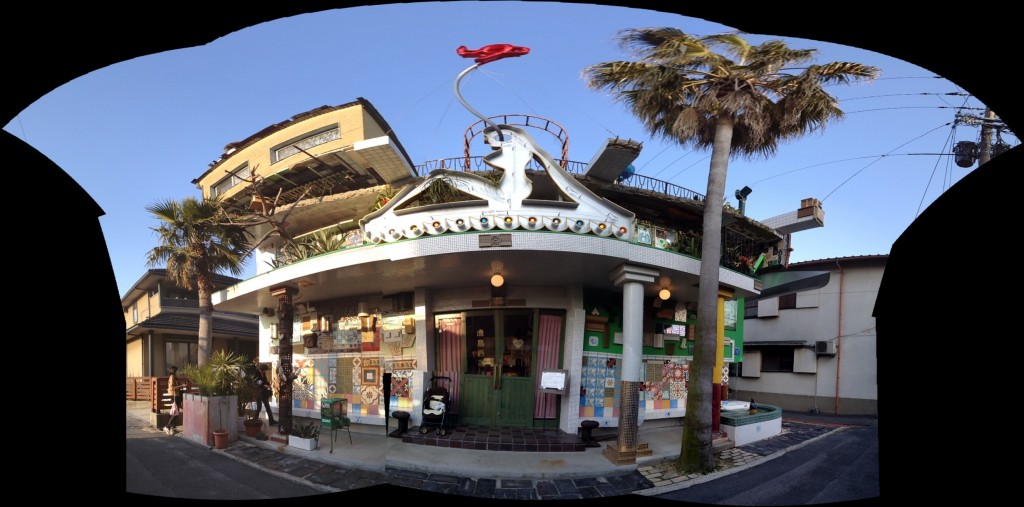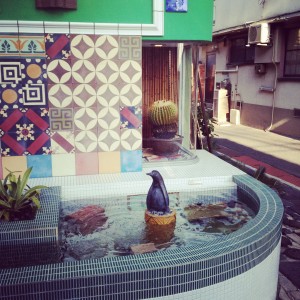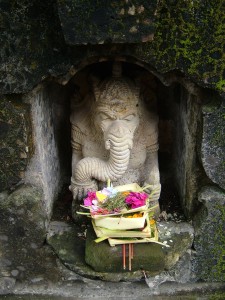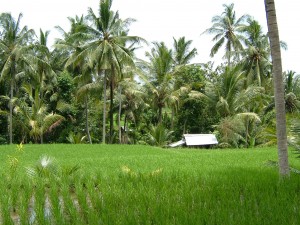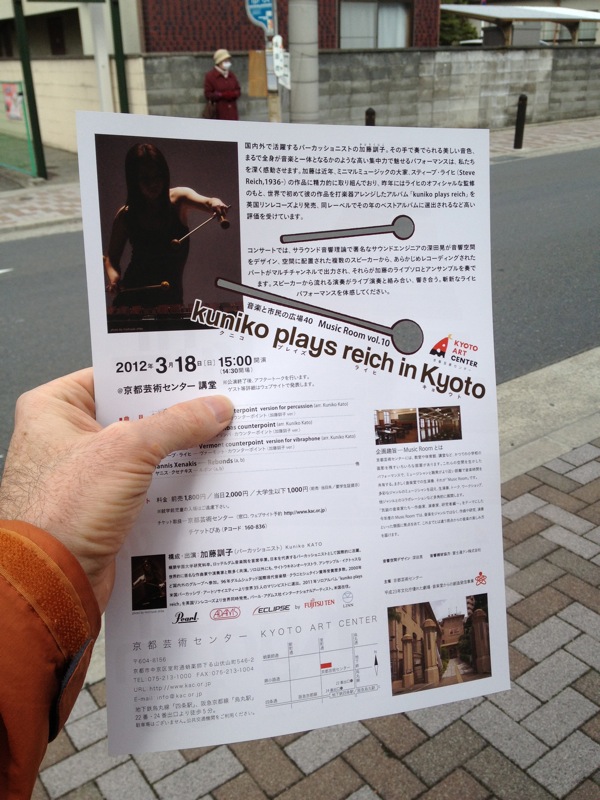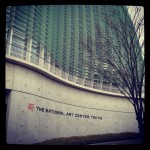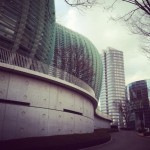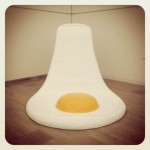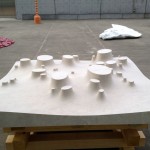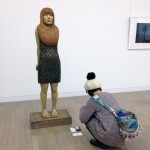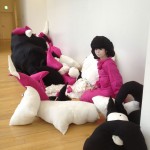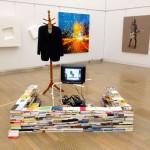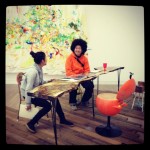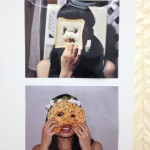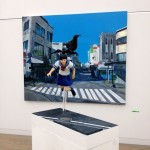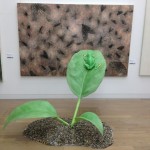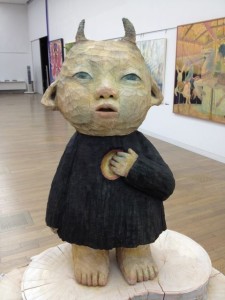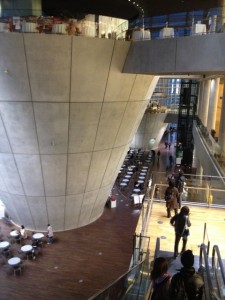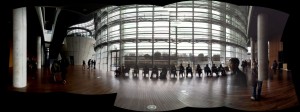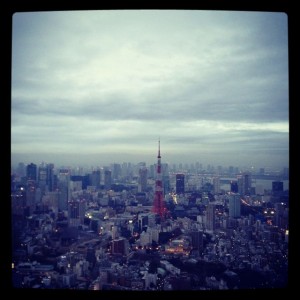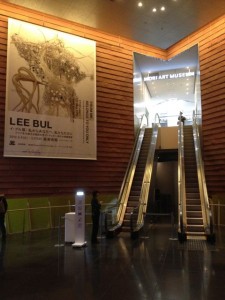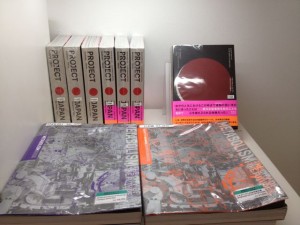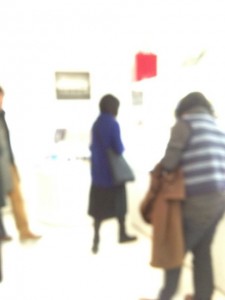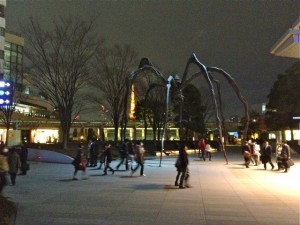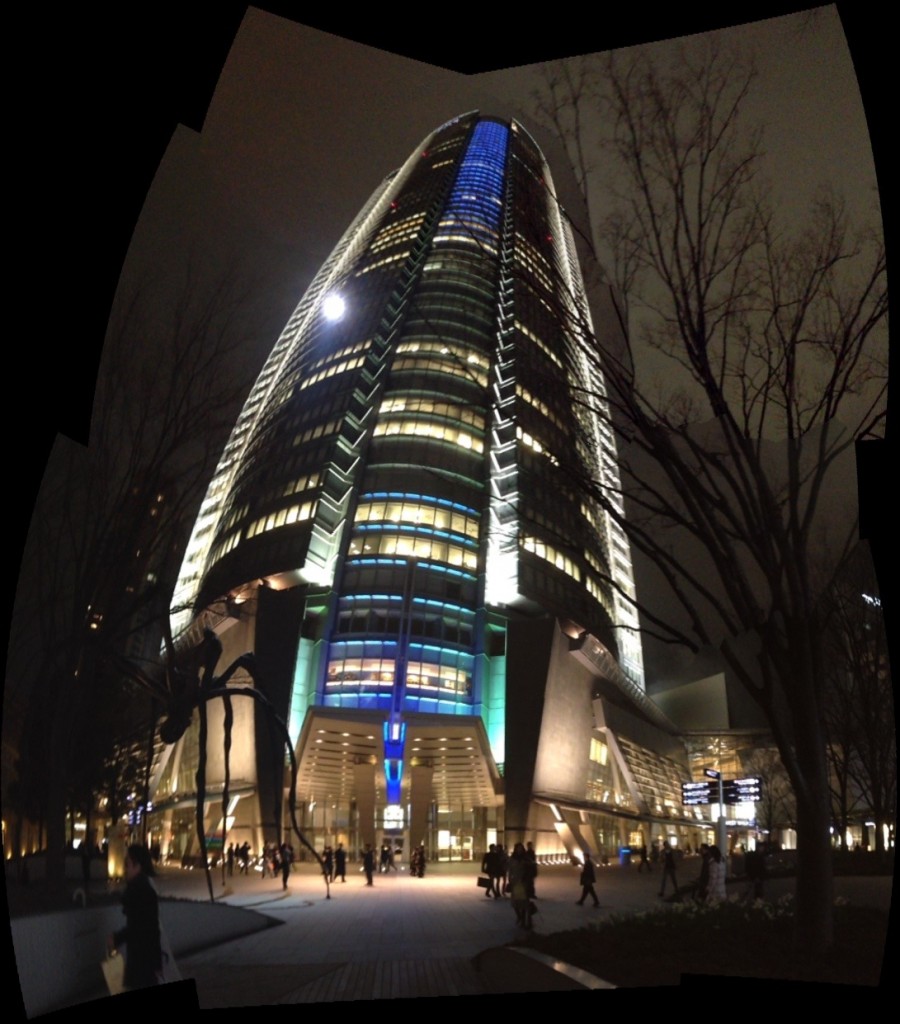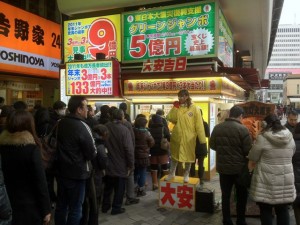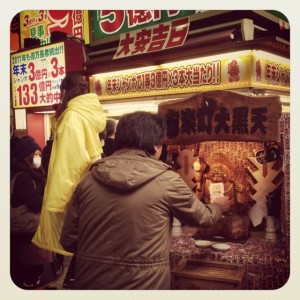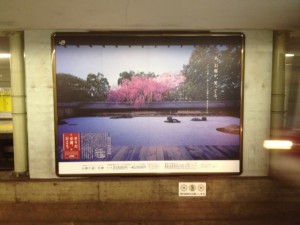
The Teshima Art Museum opened in 2011. The center piece of this outdoor ‘museum’ is a concrete thin-shell structure by artist Rei Naito and architect Ryue Nishizawa. Two oval openings in the roof let pass the sounds of the trees, birds, the wind, and the nearby Inland Sea. Water seeps slowly through many tiny holes in the floor, aggregates into drops of various sizes then snakes towards the lowest local point, where it empties again into the tiny holes. Visitors wander the strangely shaped, barren space, a singular environment that selectively amplifies sounds inside and outside the shell. Gradually attention is drawn towards the drama of surface tension and energy minimization being played upon the floor. Watching the surprisingly complex dynamic shapes of the water drops suggests fantasies about the origins of life on earth. The remarkable and somewhat mysterious physical properties of water must be part of what led living matter to get a start on the planet. The shell provides a shelter for quiet and focused meditation on the sounds of the surrounding natural environment and the movements of water on the smooth subtly shaped concrete. Late 20th century technology, in the form of the thin concrete shell, initially visually impressive both outside and inside, gradually slips into the background.
From the museum home page:
Uniting the creative visions of artist Rei Naito and architect Ryue Nishizawa, Teshima Art Museum stands on a hill on the island of Teshima overlooking the Inland Sea. Shaped like a drop of water, the museum lies in a corner of the spacious grounds surrounded by once-fallow rice terraces that have been restored with help from local residents.
Structurally, the building consists of a concrete shell, devoid of pillars, coving a space 40 by 60 meters. On the highest ceiling 4.5 meters above, two oval openings allow the air, sounds, and light of the world outside into this organic space where nature and architecture seem intimately interconnected. Inside one finds an ever-flowing fountains and an ambiance that changes from hour to hour and season to season, revealing countless appearances as time passes.




